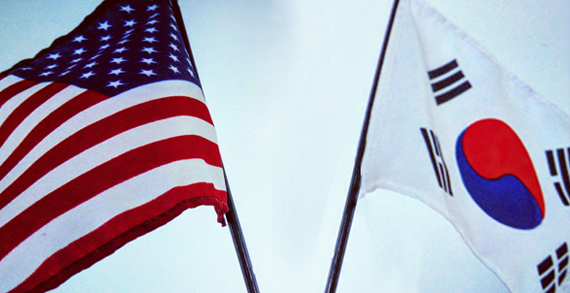In April, approximately 4,000 Korean employees were furloughed from their workplaces on U.S. military bases in South Korea. This is due to the United States and South Korea failing to reach a consensus on 11th Special Measures Agreement (SMA) that was originally due on the last day of 2019. Following the incident, controversies over the scope of cost sharing of U.S. Forces Korea are on the rise. The main concern is the delay in reaching an agreement in the SMA talks, which would ultimately lead to the deterioration of the seven-decade-long alliance between the two countries.
The U.S.–R.O.K alliance has weakened significantly ever since President Trump has walked into the White House. President Trump stated that Washington gets practically nothing from the U.S. Forces Korea compared to the cost. He further demanded South Korea to pay 4 billion dollars as a defense fee, which is 300 percent increase from last year. With Washington radically uprating the cost while Seoul being reluctant to pay such an amount, the current SMA negotiation seems to be the most difficult one to reach an agreement in the history of U.S.–R.O.K. alliance.
The decision to furlough Korean workers in U.S. Forces Korea, which was made after the negotiation breakdown is an unprecedented event, and it would be a potential threat to South Korean national security if continued, as it would greatly degrade the spirit of the alliance and joint military readiness to fight.
COVID-19 crisis is only making things worse, as every military training program and drill has been called off. Furthermore, it seems that the pandemic is contributing to the delay in SMA agreements. As face-to-face negotiations are ceased due to the outbreak of the virus, the bargaining online and over the phone would make it even more difficulty to build relationships and render fruitful outcomes.
In the vortex of the SMA controversy and cancellation of joint military drills due to the pandemic, there is a mere possibility of South Korea’s hostile neighbor – North Korea – misusing the fracture in the alliance. It has been detected by 38 North that North Korea has been showing signs of submarine-launched ballistic missiles (SLBM) tests, as satellite photos of North Korean Shinpo Shipyard taken on April 5, 2020 indicate. North Korea’s SLBM is known to be capable of flying over to U.S. territory, and it is speculated that North Korea would continue provocations in the absence of reaction from the South.
Adding to the weakening military alliance between the U.S. and South Korea, the psychological tie between the two countries is also derailing due to the COVID-19 crisis. The U.S. decision to furlough Korean workers on the U.S. military bases is provoking public resentment against U.S., and there are media outlets, especially leftist media questioning the role of U.S. Forces Korea. Current standoff between the U.S. and the Republic of Korea is an unprecedented crisis. If the SMA delay gets further protracted, it would harm the bilateral relationship built upon a strong alliance system and accelerate change in the geopolitical landscape. This would be a great loss to both countries’ strategic interests as well as to the Northeast Asian regional security.
It is speculated that Seoul might be bring up South Korea’s COVID-19 testing kits to the SMA table, and it seems like a great opportunity for both states to end this stalemate and develop the alliance to be more sustainable and enduring.
Jin Seong Choi is a junior majoring in Global Affairs with a concentration in Global Governance at George Mason University Korea Campus. He is currently serving as a research assistant at the Center for Security Policy Studies – Korea. His research interests includes East Asian regional security as well as inter-Korean relations.
Photo can be found here.




